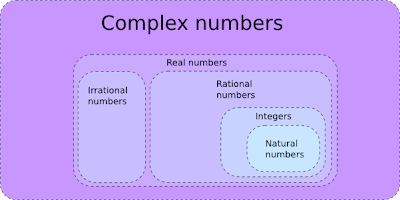Definition of conic sections: We can define conic section as follows: Consider a double cone. If we have a plane that cuts this double cone, the cross section thus obtained at the intersection of the plane and the cone is called a conic section.
Depending on the angle at which the plane cuts the cone and the position of the plane, we can have mainly 4 different conics: circle, ellipse, parabola and hyperbola.
Conic s have been studied for over 2000 years. Greek mathematician Apollonius studied them intensely. He wrote a book ‘the conic’ that remained a standard work on the topic for eighteen centuries. In the sixteenth century, Galileo declared that the trajectory of a projectile was a parabola. The reflectors in head lights of a car, the speakers in a sound system and the mirrors in a telescope are all in the shape of a parabola.
Parabolic mirrors are used to harness solar energy. In the seventeenth century, Kepler declared that planets revolved around the sun in elliptical orbits. It is because of our knowledge of ellipses that precise predictions of time and place of solar and lunar eclipses is possible. The path of motion of a comet in the solar system is also in the shape of a parabola, ellipse or a hyperbola. Knowledge of conics is extremely useful in such terrestrial sciences as architecture and bridge building.
Thus, the study of conics has been proved very useful in space sciences, mechanics, optics, engineering, architecture and other fields.
How to graph conic sections?
To be able to graph conics, let us look at the following concept. Suppose line l is a fixed vertical line and another line m intersects l in the point V and makes an angle of measure a(0 < a < pi/2) with it. If m is made to rotate around V in such a way that a remains constant, then the surface generated is called a double cone. The point V is the vertex and the line m is a generator of the double cone. The line l is the axis of the double cone. Then the plane cutting this double cone defines the four conics as follows: (see picture below)




